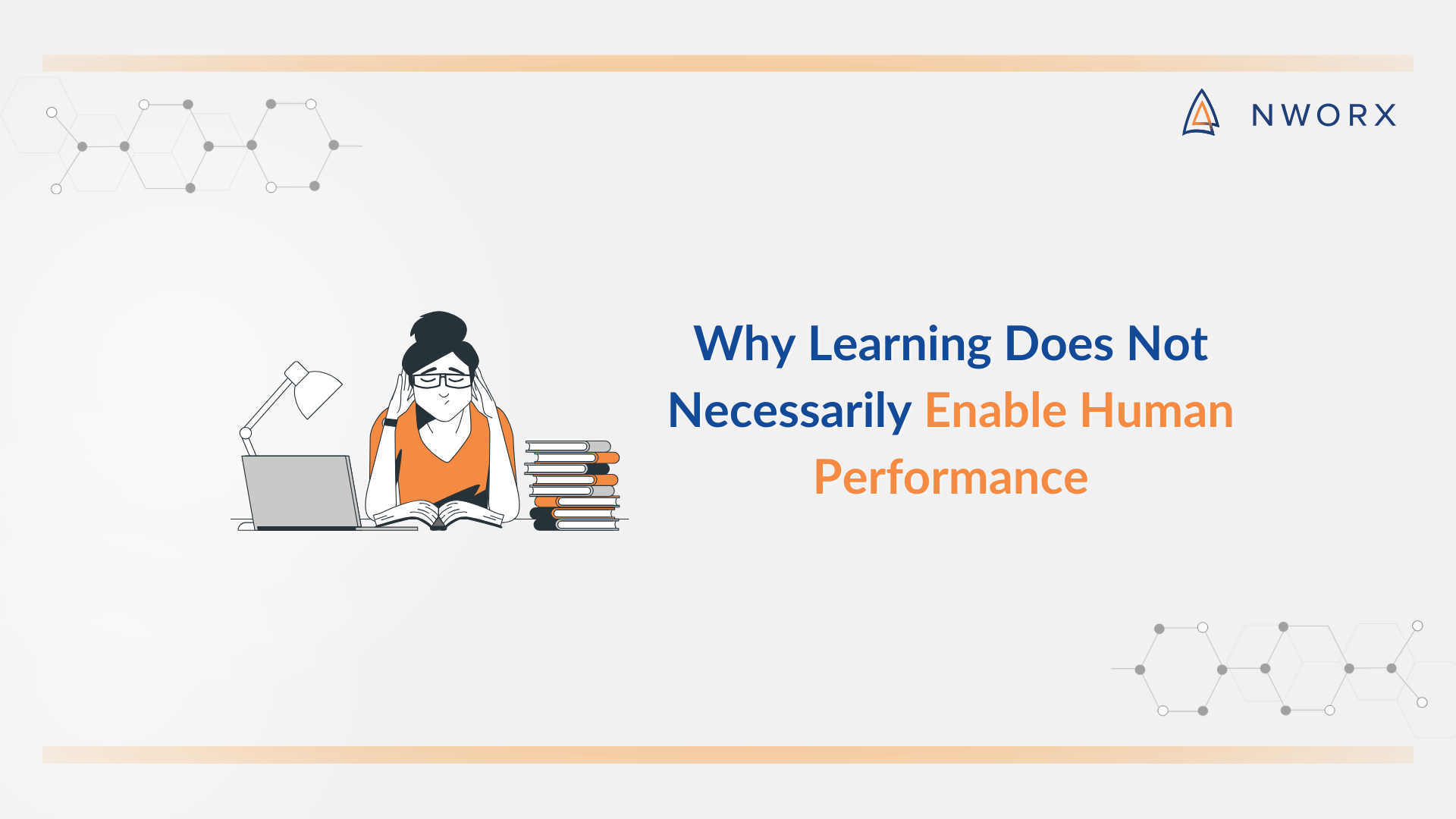The practice of tying annual performance reviews to feedback is deeply rooted in organizational management history and has not evolved much over time. The early forms of formal performance appraisal systems started to take shape at the beginning of the 20th Century and by the later half of the 20th century, there was growing recognition that for performance appraisals to be effective, they needed to be more than just a top-down evaluation. This is when the idea of combining performance reviews with feedback gained momentum.
However, despite the evolution in many aspects of business, this practice has remained largely unchanged for the past five decades. Today’s modern workplace, however, casts a spotlight on the inadequacies of this traditional approach. Leaders need to reevaluate and innovate their methodologies, particularly in the realms of feedback and performance discussions.
The Appeal of Combining Performance Reviews with Feedback
Structured Process
Combining performance reviews with feedback provides a structured process for evaluating and communicating about performance. This structure makes it easier for managers to address specific issues and for employees to understand expectations. It allows for a standardized approach to managing performance across different departments and levels within an organization.
Efficiency in Documentation and Compliance
Coupling reviews with feedback helps in maintaining records for legal and compliance purposes. It ensures that decisions related to promotions, pay raises, or terminations are well documented. Conducting them together is seen by organizations as more efficient than having separate processes for evaluation and feedback.
Challenges in the Current Context
Rapid Business Changes:
In an era where business landscapes shift rapidly, annual or bi-annual reviews may not keep pace. Employees benefit more from timely feedback, aiding quick adaptation to new challenges and opportunities.
Evolving Workforce Expectations:
The modern workforce, especially Millennials and Gen Z, often prefer ongoing feedback and a stronger emphasis on career growth. Traditional review models might fall short of meeting these expectations.
Bias and Subjectivity:
Managerial biases and subjective judgments can still permeate performance reviews, undermining trust and morale among employees. To learn more about biases in performance reviews, click here.
Stress and Anxiety:
The formal and high-stakes nature of performance reviews can create a stressful atmosphere, hindering the candid and constructive dialogue essential for effective feedback.
To build a more productive and empowering workplace, leaders must revamp their approach to feedback and performance discussions. Decoupling ratings from feedback is a key step in nurturing a culture of open and constructive feedback. This separation allows for unbiased and honest conversations, free from the pressure of numerical ratings. By removing these constraints, managers are better positioned to concentrate on highlighting employees’ strengths and areas for improvement. This shift paves the way for more meaningful and growth-focused discussions, thereby enhancing employee performance and overall workplace effectiveness.
Strategies for Decoupling Performance Reviews and Feedback
Continuous Feedback for Ongoing Growth:
Leaders need to harness technology to facilitate continuous feedback exchanges. In today’s fast-paced work environment, waiting for annual or semi-annual performance reviews is no longer sufficient. Embracing technology allows organizations to create an ecosystem where employees and managers can engage in regular, real-time feedback discussions. This paradigm shift from sporadic evaluations to ongoing conversations fosters a culture of constant improvement and development. It not only addresses issues promptly but also keeps employees engaged and motivated to reach their full potential.
Two-Way Dialogues:
Effective feedback conversations should be a two-way street. While employees must receive feedback, they should also be encouraged to actively engage with their managers. Creating a space for employees to seek insights into enhancing their performance can be a game-changer. This approach empowers employees to take ownership of their development, fostering a sense of accountability as they actively drive their own growth. It is about creating a partnership between employees and their managers to co-create a path toward excellence. In this approach, feedback becomes a shared effort rather than a one-sided assessment.
A Shift from Anxiety to Empowerment:
Removing numerical ratings can significantly reduce the anxiety and defensiveness employees often experience during performance discussions. This change creates an environment where employees feel more at ease discussing their performance openly, knowing they won’t be reduced to a single score. It fosters open dialogue, trust, and collaboration between employees and managers, ultimately promoting professional growth.
Goal-Centric Conversations:
The absence of ratings allows performance discussions to center around setting and achieving specific, actionable goals and objectives. With the focus shifting from comparisons to goal-oriented dialogues, employees receive clarity on what is expected from them to excel in their roles. This approach encourages employees to take ownership of their development and proactively work toward achieving the defined targets. The outcome is a more motivated, engaged, and high-performing workforce that consistently meets or exceeds expectations.
Conclusion
In conclusion, HR leaders and organizations must decouple annual and semi-annual performance review discussions from feedback. This separation not only aligns with the rapid changes in business environments and evolving workforce expectations but also addresses inherent biases and reduces stress and anxiety associated with performance evaluations. By adopting strategies like continuous feedback, fostering two-way dialogues, and centering conversations around goals, organizations can create a more dynamic, engaged, and productive workforce.
This approach transcends traditional performance management practices, paving the way for a culture of continuous growth and development. In the modern workplace, effective feedback is not just a periodic process but an ongoing journey toward excellence, essential for both individual and organizational success.


